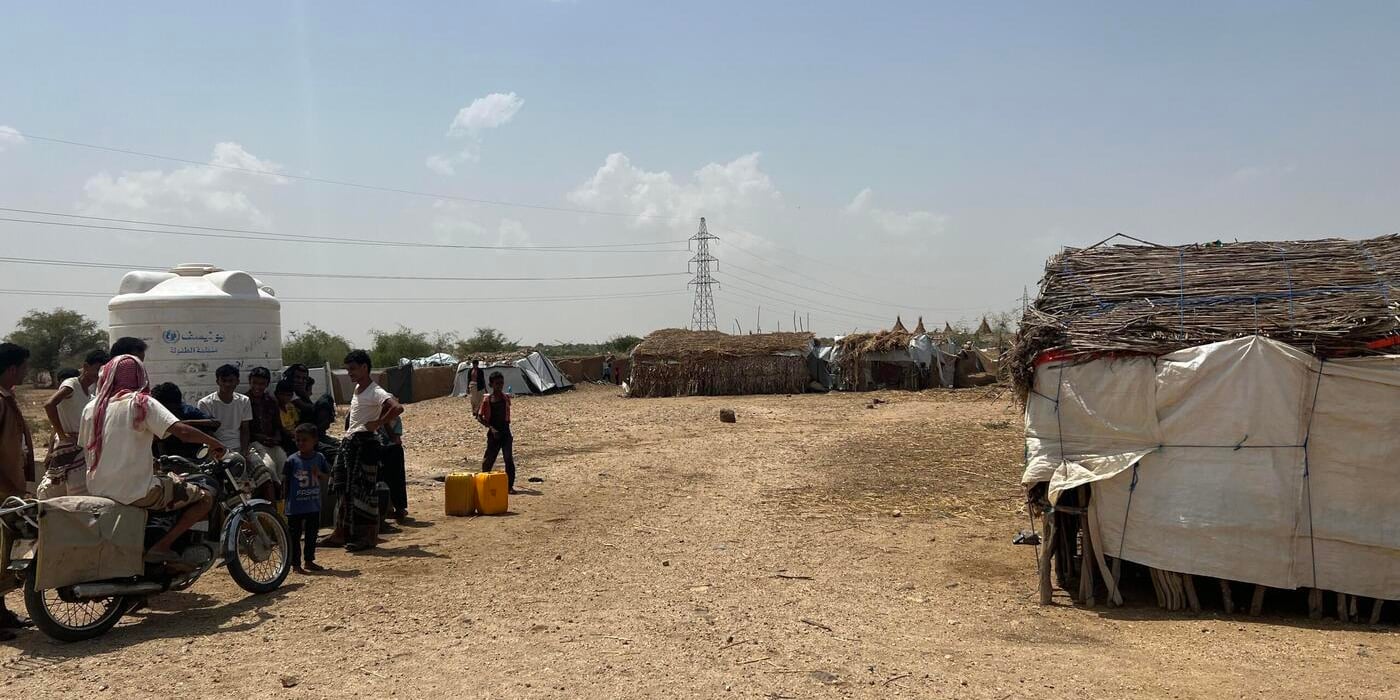Data collected by the Civilian Impact Monitoring Project (CIMP) in Yemen shows a total of 348 airstrikes and 570 cases of shelling affecting farms since January 2018, which is an average of almost one incident a day. Interviews with civilians on the ground by the Norwegian Refugee Council document the loss of lives and property and how this is driving farmers off land they have farmed for generations. Food-producing fields are left barren.
“The incessant violence that has engulfed these farms is part of a larger pattern, where this senseless war is shattering Yemen’s ability to feed itself. Fishing boats have been sunk, markets decimated, and flour mills destroyed. This cuts off lifelines for millions. Farmers who could provide lifesaving food have been bombed, shelled and killed while planting in their fields. The Yemenis are not falling into starvation. They are pushed into the abyss by men with guns and power,” said Jan Egeland, Secretary General of the Norwegian Refugee Council (NRC).
These attacks are happening while the country is at risk of famine. The Yemeni currency has also fallen to a record low, food prices are 140 per cent higher than before the war, and the aid response is catastrophically underfunded.
Ali Ibrahim was a farm labourer when eight airstrikes hit his home village in Hajjah, one striking his cousin’s hut in front of him on the farm where they both lived. “Three [of my cousin’s family] were killed, including a baby who was only a few months old,” he said. Ali used to grow tomatoes and onions, but now he and his wife and their seven children are crowded into a tent with another displaced family in a camp in the Abs district. He has no work and cannot anymore grow vegetables.
Muhsen Ahmed Mahyoub had to flee the farm he inherited from his father not far from Sana’a city, when gunfire erupted near his village. His family is now living in a tent settlement in the desert of Marib, where they are just glad to be safe. Muhsen has had to sell his goats and sheep to buy food and other basic items, and leave his fields of corn, barley and wheat behind. “I used to eat from my farm and sell the rest. But here we are dependent on organisations to help,” he said. “Nowadays we are thinking all the time how to get food, how to get water and how long we can stay here.”
The farm of Mahmoud Hassan in Hajjah has been hit by airstrikes multiple times, the most recent just six weeks ago. His irrigation system has been partially destroyed, the trees burnt, and one of his workers injured. He is sheltering in Abs now and makes day visits back to his farm to keep part of it going, but can’t stay after dark because of the fear of bombing. Mahmoud has seen food prices go up: “Many of the farm workers and the people in the neighbouring villages have fled to safe areas… The farms here used to support around 2,000 families who were working on around 180 farms, but now only 40 farms are still functional.”
Abdullah Ahmed Mohammed Mahyoub (not real name) had to flee his farm back in 2015 when ground fighting reached him. Abdullah’s land has lain abandoned since he fled. “Many farms are barren now, as farmers have fled their homes and there is no one to work them.”
Addressing an event this week featuring senior members of the World Food Programme, the United Nations and the governments of many countries involved in Yemen’s war, Egeland gave concrete steps for ending the food crisis. “The military and political authorities in Saana and Aden, and UN Member States who have provided support for this conflict the US, UK, France, the UAE, and Saudi Arabia, as well as Iran on the other side – must push for an immediate ceasefire.
Gulf countries, and Western donors must restore their funding to last year’s levels, so that the slashed aid response can be scaled back up.”
*This release has been amended from an earlier release, which referred to the number of airstrikes and shellings affecting farms, not the number of farms affected.


